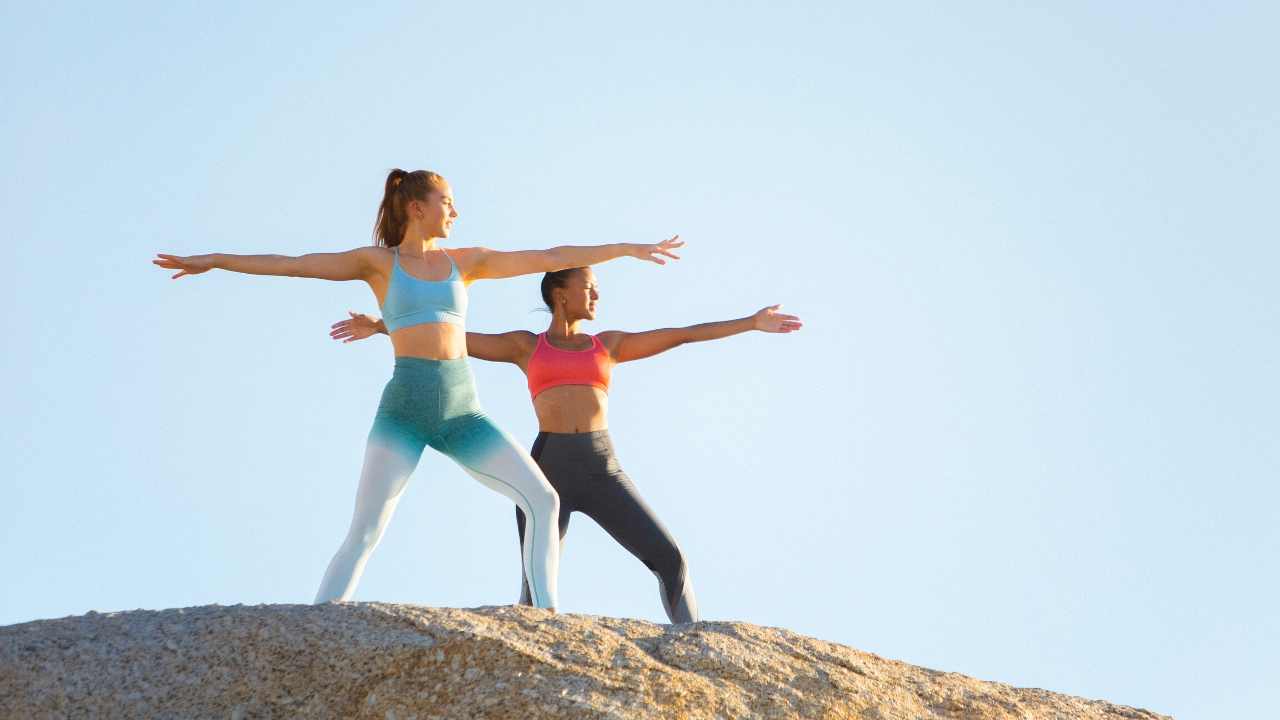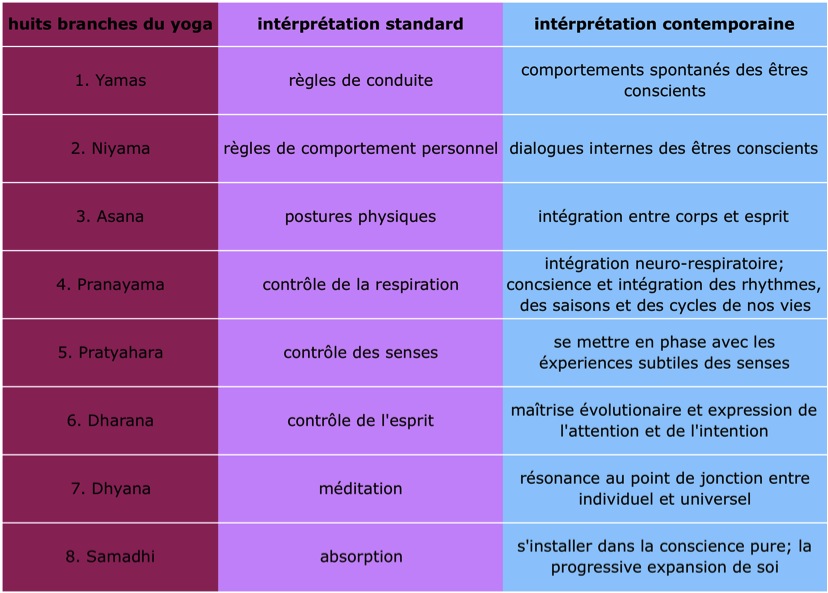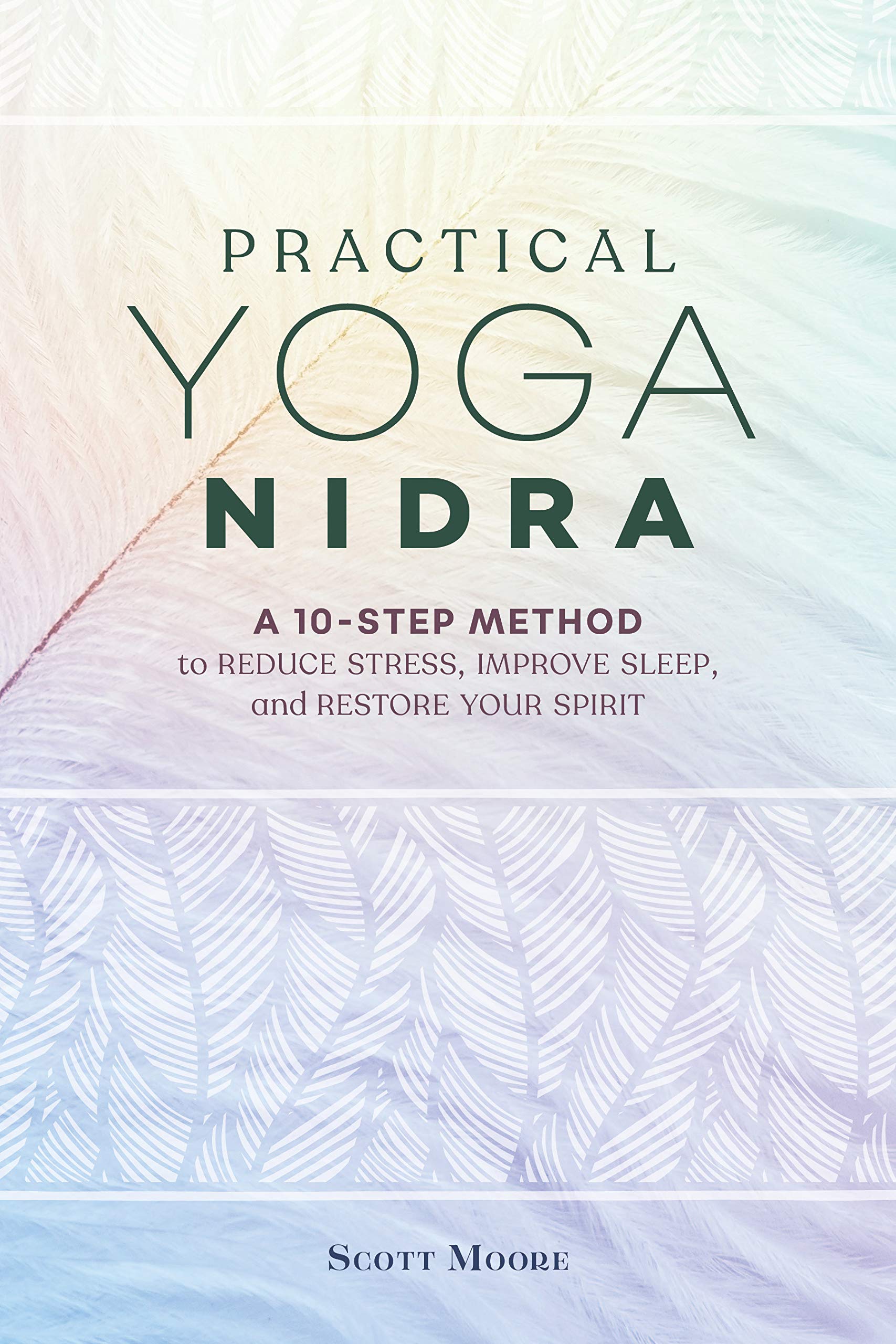
Iyengar Yoga is a type based on Patanjali’s philosophy. It provides many benefits for the body including improved physical flexibility, and better breathing. It is also a great way to improve your meditation skills. The philosophy of yoga includes a reverence for yoga teachers, who are spiritual teachers.
Iyengar yoga, a form of yoga, is one example.
BKS Iyengar created Iyengar yoga, which is a classical type of yoga. The systematized collection of over 200 yoga poses was created by this renowned yogi. This system allows students the opportunity to slowly increase their ability to do more difficult yoga poses. With the correct technique and alignment, Iyengar yoga can improve overall health and reduce pain.
Iyengar yoga is one of the most popular forms of yoga. It emphasizes alignment and precision in every pose. It makes it possible for people of all ages to practice the poses. It also makes it easy for beginners to learn yoga, as well as to assist them in their progress. It is important to consult your doctor before you start an Iyengar yoga course. This will ensure that there are no injuries.

It is based upon Patanjali’s philosophy
Iyengar Yoga aims to reestablish the connection between movement and breath. Patanjali's Yoga Sutras provide a detailed description of the yogic life. This is the foundation of the practice. Patanjali’s philosophy is based upon the belief that one can quieten their minds and make the body smarter through practice. Iyengar is both physically and mentally challenging.
Iyengar yoga teaches poses in a precise and detailed manner. Props are encouraged for students to aid in alignment. This method is suitable for all levels of students, from beginners to advanced. The poses are also held longer than with other styles, which promotes better concentration. This style can be used to treat a wide variety of conditions and postural problems.
It is a way of instructing
The Iyengar method of yoga instruction is a systematic and progressive approach to the practice of yoga. Iyengar certified teachers guide students at all levels and in all physical abilities through a series of postures that will help them improve their understanding and skill from one posture to the next. This method stresses the importance of aligning the body naturally and creating a balance between mind and body.
The Iyengar system starts with basic postures, and then slowly introduces more complex poses. At first, students may concentrate on standing poses like warrior poses. But, they will be introduced to poses that can be therapeutic. These poses include Savasana and Salamba Sarvangasana. After the student has completed the basic asanas, the teacher will introduce the student to the pranayama exercises, such as breathing and relaxation.

It is challenging
Iyengar Yoga is a challenging and intense form of yoga. It focuses primarily on alignment, strengthening the muscles, flexibility, protecting the joints, and developing self-awareness by precise movement. This method is useful for students who want to pinpoint problem areas and increase their endurance and stamina. It also strengthens the major muscle groups, which can be useful in physical therapy.
Iyengar yoga is a wonderful choice for those who are serious about yoga but do not need a personal instructor. It is challenging because of its attention to detail. It goes beyond just using props and body position.
FAQ
Is yoga safe?
Yes! Yoga is generally considered safe and low-risk. However, speak with your doctor before beginning a yoga routine if you have any medical conditions or injuries.
What happens if I stop practicing yoga?
It's common to lose interest in an activity over time. Your body can become stiffer if yoga is stopped regularly. Stiffness can be caused by lack of exercise, poor posture, or simply aging.
It may become less flexible as you age, so consider retaking a few classes. Keep up with your daily activities. Exercise strengthens your bones and muscles. So make sure to get enough sleep and eat well.
Are yoga mats necessary?
Not necessarily. Many studios offer mats to students. These mats, which are often made of rubber, are easy to clean.
You could also opt to buy your mat. A good quality mat will last you several years.
Are there classes that I can take with other people?
This will depend on the class. Private lessons may be offered only by some teachers. Others offer group classes where you can meet other students in the class.
Some studios offer "classes within classes", which allow you to be paired up with someone who has similar interests and goals.
What types of yoga do you have?
Bikram yoga (Bikram heated) is the most well-known type of yoga. Other forms include Hatha, Ashtanga, Vinyasa, Iyengar, Kundalini, Yin, Power Yoga, Flow Yoga, Reiki, Pilates, Restorative, Aerial, etc.
Statistics
- Gentle yoga has been shown to ease some of the discomforts of tender, swollen joints for people with arthritis, according to a Johns Hopkins review of 11 recent studies. (hopkinsmedicine.org)
- The people in the yoga group were 37 percent more likely to have quit smoking by the end of the 8-week program. (nccih.nih.gov)
- Lock in 25% off your Founding Member rate. (corepoweryoga.com)
- According to the Agency for Healthcare Research and Quality, falls are incredibly common among older adults in nursing facilities. Even the simplest ones can increase the risk of death (24). (healthline.com)
- About one in seven U.S. adults practiced yoga in the past 12 months, according to a 2017 national survey. (nccih.nih.gov)
External Links
How To
Yoga is a good exercise?
Yoga isn’t only for those looking to lose weight. Yoga is not just for those who want to lose weight. It helps them develop flexibility and balance.
Yoga isn't just a form of exercise. They are used to relax and meditate. These poses help improve our posture, concentration, breathing, and overall health.
A "yogi" is someone who practices yoga. Yogis follow various forms of yoga, including Hatha, Ashtanga, Iyengar, Vinyasa, Bikram, Kundalini, Yin Yang, and Restorative.
There are many kinds of yoga. However, all share similar goals. Each type focuses differently on health and wellbeing. Some yoga styles include meditation, pranayama, and Hatha.
These yoga moves don't require any equipment
-
Sun Salutation – The series of 12 positions starts with forward bend followed by 10 poses.
-
Warrior Pose: While holding a stick, or staff, you can do a warrior pose.
-
Triangle Pose: This is where one leg is lifted behind the other and you bend at your knees.
-
Standing Forward Bend: This pose involves sitting straight up on the ground and folding forward at your waist.
-
Seated Twist - This pose is performed while seated on a chair or mat.
-
Cobra Pose is a position where you lie on your side, with your arms in front.
-
Child's Pose: This is a pose where the child lies face down on the ground.
-
Cat/Cow Pose -- This pose is a mix of a cow pose and a cat pose. As you lie face down, lift your upper body off of the ground. Now roll to your side, and then place your hands below your shoulders.
-
Head Tilt: This is when you tilt your head back and keep your eyes closed.
-
Shoulder Stand – This is a standing position in which your feet are raised above your head.
-
Tree Pose- You can achieve this pose by kneeling on one knee with your hands under you shoulders.
-
Bow Pose- Bend forward from your hips into bow pose and place your hands on to the ground.
-
The corpse pose is held for five to ten minutes.
-
Mountain Pose: This pose is known as mountain pose, because it requires you to stand tall and keep your spine straight.
-
Legs up the Wall Pose – This pose involves hanging upside down from a wall.
-
Side Angle Pose- To achieve this pose, lean against a wall while putting your right elbow next to it.
-
Plank Position – This is when you lay flat on your stomach, extend your left arm out and place your right foot in front of each other.
-
Bridge Pose – This is a pose where you balance on your elbows, and toes.
-
Reverse Table Top Pose: This is when you lie on your stomach and extend your arms towards the ceiling.
-
Handstand - This pose requires balance and strength. Hold yourself in between two walls or use a door frame to do this pose.
-
Half Moon Pose is also known by the name Hero Pose. It involves standing on your hands with your toes.
-
Headstand (or Handstand), - This pose requires great balance and strength. This pose can be done on a wall, or by using a doorframe.
-
Forearm Balance - This pose is performed on your forearms resting on a tabletop.
-
Spinal Twist – This position is where you lie on your stomach while reaching for your arms.
-
Supported Bound Angle Pose - This pose requires balance and support. To lean on a sturdy object, such as a tree trunk or an old beam, you'll need one.
-
Wide Leg Forwardfold - To achieve this pose, spread your legs apart while touching your toes.
-
Single Pigeon Pose – This pose is similar the the wide leg forward fold, but has only one limb extended.
-
Extended Puppy Dog Poses-This pose is extremely relaxing. This can be done by stretching your legs straight out and bending at the knees.
-
Situated Forward Bend – This pose allows you to sit cross-legged while stretching your calves.
-
Crow Pose - This pose is difficult to do but very rewarding once you master it. It is done by raising your arms above your head and lowering them until they parallel to the floor.